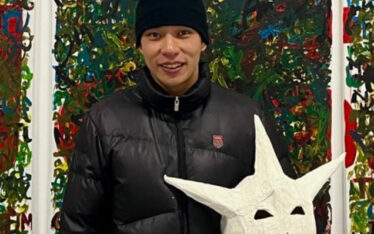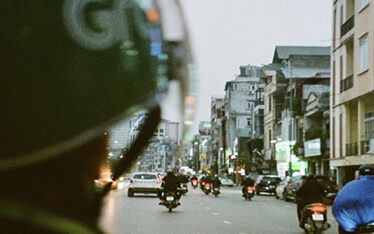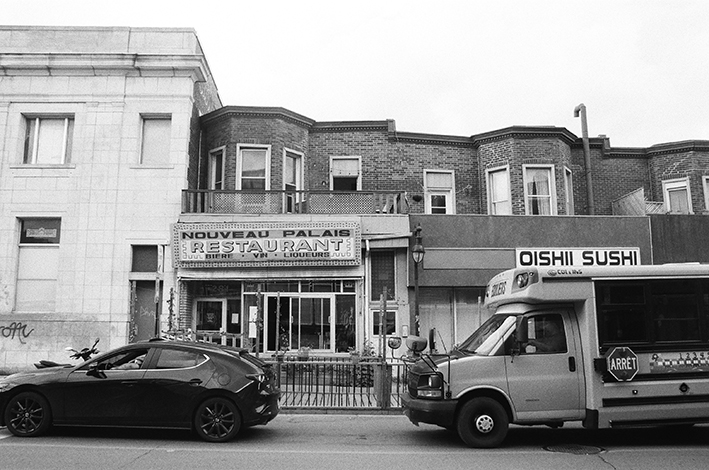
Courtesy of J.Bertoux
Well, Super Sexe burned down and the tattoo parlour on Ontario Street, where I got my ears pierced, is gone. They refurbished the charm out of the Snowdon Theatre and made it into condos when it should have been a museum, or at least a cinema.
I’ll never buy bougatsa from Ilios Traiteur again –away with a fifteen-year old’s troubles, away with the gentle sogginess of her holed winter boots.
Saint Jean-Baptiste Church is under construction. I remember when I prayed, and then when I didn’t –to the saints I left in the family albums.
________________________
For two years, Montreal was an ocean away. Up until the very moment my plane landed at Pierre-Elliott Trudeau, I thought Montreal was too good to be true. Yet, almost a month ago, there I was, ready to project my expectations onto a city that had not waited for me.
My memories had fallen victim to the years, and then again so had I. The more I passed new store windows and “local à vendre” signs, the more I questioned the perceptions I had spent so much time creating.
Does a changed Montreal remain my favourite city? How much does Queen-Mary Road mean to me if I don’t go to school there anymore? Is “The Windmills of Your Mind”, which I obsessively listened to during my senior year, really still my favourite song?
Every place and everything my teenage-self associated with them –that had ever held significance in my memories of an adolescence in Quebec– was put on trial. Prove your ongoing relevance. Convince me to keep on loving you.
––––––––––––––––––––––––
My friends have driver’s licenses now. Some even have their own cars. They drive me down my favourite highways, past the blinking neon signs and the massive supermarket chains. I can see us waiting for the subway, swaddled in parkas and the thick scarves.
At first, I didn’t realise I was back. It wasn’t until my second day in the city –when the train stopped at station Snowdon, minutes away from my high school, and I didn’t get off– that everything hit me all at once.
Over the course of two weeks, I said “yes” to every invitation, because I wanted to prove myself right before those whom I hoped did not remember me, those whom I honestly did not remember, those whom I had missed throughout my time in France, and those whom I had never even thought of missing.
I thought I was being careful, but oftentimes I found myself slipping back into relationship dynamics I had sworn off. It got me thinking about the power of my past surroundings. Had the reunions taken place elsewhere, would I have reenacted my high school years?
–––––––––––––––––––––––––
I think Montreal has a hold on me that I can’t transpose. With the city as my backdrop, I think I automatically revert to being that sixteen-year-old girl, listening to Joni Mitchell on the way home from violin class.
I haven’t decided whether I like these behaviours yet, but I can’t help but love Montreal. I love the sprawling murals that cover brick sidewalls. I love the disused industrial buildings along the Lachine Canal. I love the twenty-year old storefronts on Boulevard Décarie. I even love the faint smell of (legal) weed that permeates the streets. Montreal is the most beautiful city in my world.
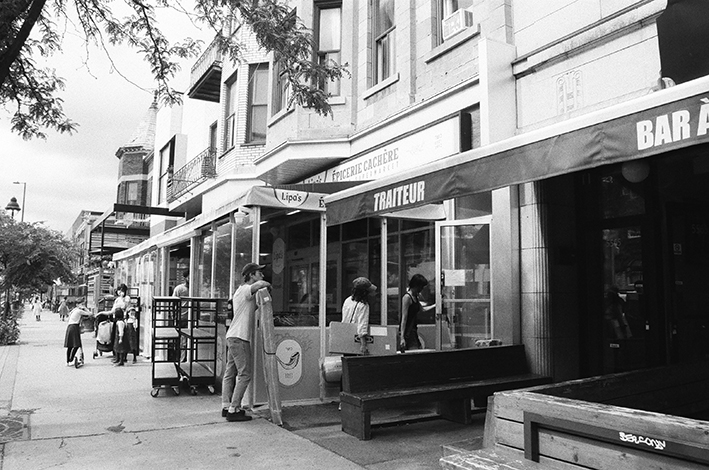
Courtesy of J.Bertoux
It seems I haven’t changed all that much internally, but still –the passage of time made this summer different from what I had known when I still lived in Quebec. I was no longer the sheltered schoolgirl expected home by 10 –two years of relative independence led me to university bars and house parties in my former classmates’ adult apartments.
My nightly walks stretched beyond the dinnertime mark and my schedule no longer bound to that of my parents –I roamed freely wherever I could. Now, some places I have always been drawn to; Parc La Fontaine is a good example. Trying to sit comfortably in the slope of its grass feels the same at seventeen and at nineteen, and its central basin hasn’t magically disappeared.
–––––––––––––––––––––––––––
I found a new appreciation for others. For instance, the Mile End, which my parents had to drag me to a few years ago, was suddenly more attractive to me once I was able to make my own itineraries. I even discovered areas I had never explored before.
I’ve always appreciated Villeray. But, prior to this summer, I had never walked down the part of rue Saint-Hubert that stretches from station Jean-Talon to Jean-Talon hospital. I was pleasantly surprised by a long string of little shops of many colours and scents. Suffice to say, in a city as large and diverse as Montreal, experiences can be renewed, but you can always expect to be charmed.
Apart from my newfound autonomy, I can identify two new factors—both products of my time spent in France—that encouraged me to develop a fresh outlook on what I consider to be (one of) my hometown(s).
–––––––––––––––––––––––––
Firstly, I developed a passion for film photography a year ago and came to the city eager to click, click, and click some more until I was satisfied with an extensive documentation of my favourite places. Looking at the stage of my teenage years through the lens of my camera forced me to look beyond aesthetics and try to understand what made me love Montreal –in order to better capture it.
My friends looked on, amused, as I crouched, squatted, and tiptoed to get the angles I wanted. When I got my negatives developed and scanned, I noticed I had a certain fondness for brick buildings, cars with huge tires, twirling staircases, and neighbourhood commodities.
Most of all, I loved photographing Montrealers themselves, from strangers at parties to reckless bikers and old men at their balconies.
The people of Montreal are resilient, in terms of both weather and politics, and often at the crossroads of multiple identities. I still find them hard to understand sometimes; maybe it’s because, like their American counterparts, it’s easy to talk to them, but it’s hard to actually get to know them.
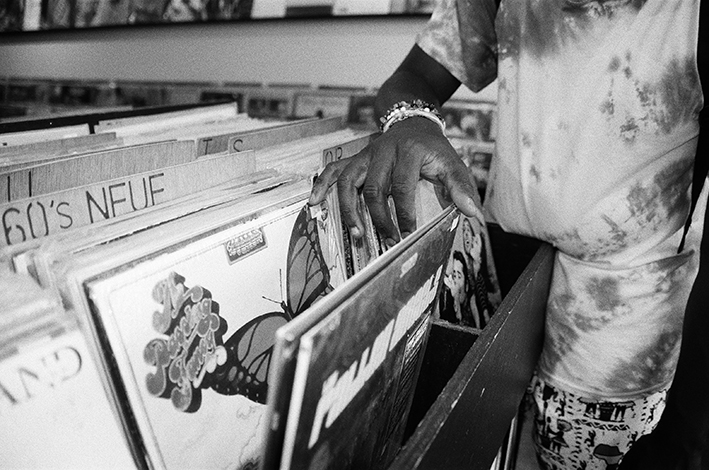
Courtesy of J.Bertoux
Secondly, and perhaps most importantly, I left Montreal as a recent high school graduate and came back as a college student with a strong academic interest in urban sociology. Understandably, this opened my eyes to histories and patterns I had been less sensitive to in the past.
I think the beauty of Montreal is its eclecticism—its visual and cultural diversity, coupled with a certain distaste for transitions. Most of my favourite places operated, at one point in time, as an enclave.
The Main was once home to a prominent Jewish quarter, as described in the work of Mordecai Richler (however controversial the writer himself may be). Although Laurier retains a visible Hasidic population, the larger working-class community that shaped the neighbourhood has largely migrated, leaving behind remnants in the form of delis and commemorative artwork.
–––––––––––––––––––––––––
Westmount, where my family lived, has always been –and remains– predominantly English-speaking, as its Scottish-style architecture would suggest.
Chinatown is exactly what you would expect. Yet despite the cultural compass it provides, when I came back to the city, something felt artificial or off. At first, I couldn’t quite put my finger on it.
Then it hit me when I saw a friend whom I hadn’t talked to since graduation, and one of the first things he said to me was “you’ll see; the city’s changed since you’ve been gone. Everything’s gotten so expensive, it’s hard to live here now”.
The word I had been looking for was gentrification –it preceded my move to France. Of course, I remember Saint-Henri and Griffintown were the up-and-coming neighbourhoods when I first came to the city, but the phenomenon seemed to have accelerated in recent years.
The housing crisis is more widespread, more visible. Of course, change is part of the nature of cities. But there is a world between organic evolutions and the loss of local culture in favour of an almost caricatural, homogenous “hip” redesign.
––––––––––––––––––––––––
On my last evening in Montreal, I had dinner with a couple of longtime Centre-Sud residents, who all told me about their personal experiences with their neighbourhood, back when it was a rallying point for marginalised people of all kinds (members of the LGBTQ+ community, impoverished populations, etc.).
It was notorious for its status as a red-light district, as well as its prominent activist community. The area is much safer now, but this newfound security was largely gained through slow gentrification, thus displacement, not necessarily healing.
In many cases, the root problems were left unanswered, delegated to other, more impoverished areas. Or to the streets. I remembered Centre-Sud well, through my friendships, as an inviting district, with a rich local culture based around its industrial, working-class history.
It was the area I ended up coming back to this summer, for both housing and sentimental value-heavy walks, and mostly because it remains my favourite sector, even though I don’t recognise the new breweries and the higher restaurant prices.
For now, it retains a distinctive counter-cultural identity, observable through feminist community centres and anarchist stickers scattered on lampposts and front doors, but I don’t know for how much longer.
––––––––––––––––––––––––
The story of Centre-Sud is all too common and pertains to other historically accessible areas, such as Hochelaga-Maisonneuve, Parc-Extension, and Verdun –soon enough, there really isn’t going to be much left to gentrify. I wonder how the history of these places will be honoured when their original populations can’t speak for them anymore.
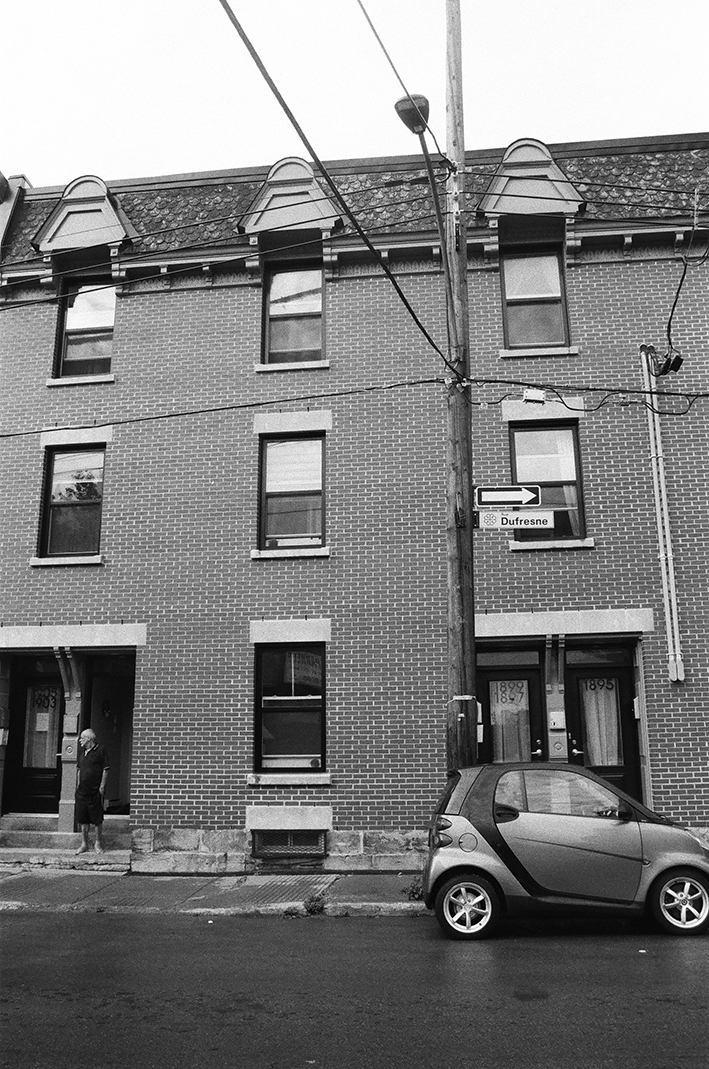
Courtesy of J.Bertoux
About the Article
A visit to the cultural diversity that can exist around the corner or even next door.

